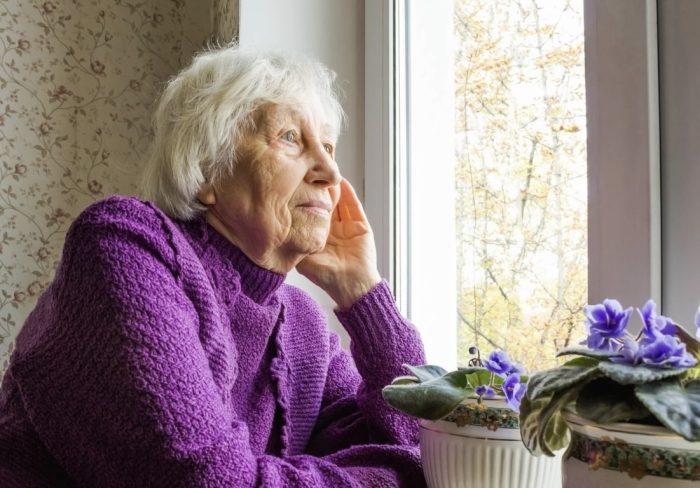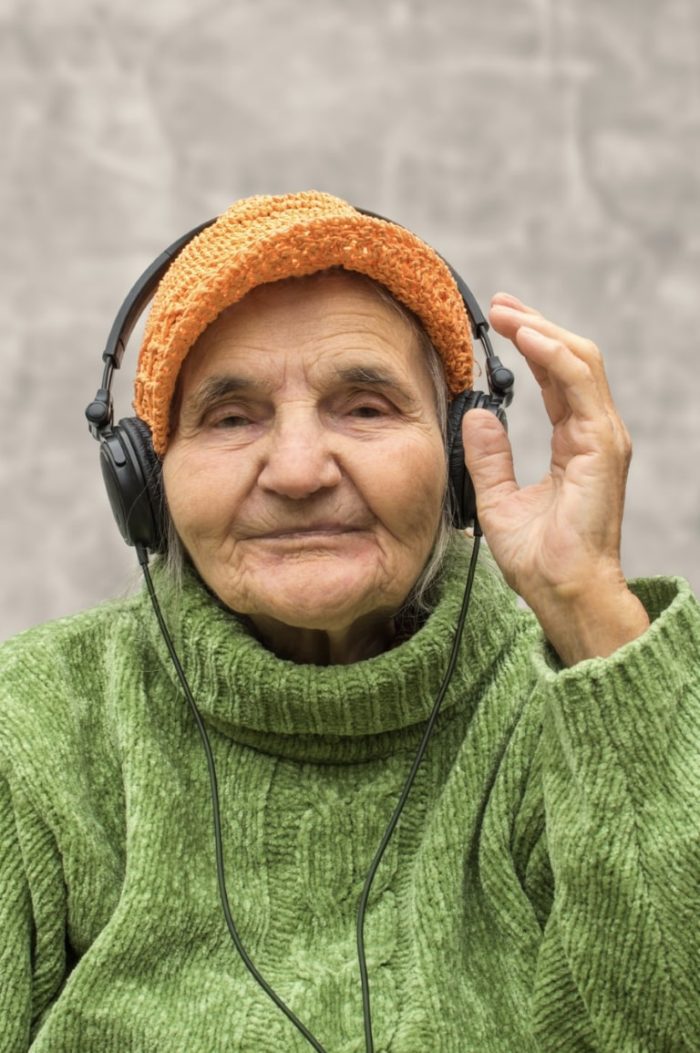Understanding Seasonal Affective Disorder (SAD) in Seniors: How Home Care Can Help

October is here, and with it comes the vibrant colors of fall, cozy sweaters, and pumpkin-spiced delights. But as the days get shorter and the temperatures drop, some seniors may begin to feel a shift in their mood. This isn't just a case of the "winter blues" but can be a condition known as Seasonal Affective Disorder (SAD). While it affects individuals of all ages, seniors can be particularly vulnerable. Let's delve deeper into what SAD is, why seniors are more susceptible, and how home caregivers can play a crucial role in supporting those affected.
What is Seasonal Affective Disorder (SAD)?
Seasonal Affective Disorder is a type of depression that arises at specific times of the year, typically in the fall and winter months when daylight becomes scarce. Symptoms of SAD mirror those of general depression and may include:
- Persistent feelings of sadness or hopelessness
- Fatigue and low energy levels
- Changes in sleeping and eating patterns
- Difficulty concentrating
- Social withdrawal or loss of interest in activities

Why Are Seniors More Susceptible to SAD?
There are several reasons why seniors might be more vulnerable to Seasonal Affective Disorder:
1. Reduced Light Exposure: Mobility challenges or health issues can prevent seniors from getting outdoors, limiting their exposure to natural daylight.
2. Isolation: The cold months can make it difficult for seniors to socialize, leading to feelings of isolation.
3. Existing Health Conditions: Seniors with existing depression or cognitive disorders might find that the seasonal changes exacerbate their symptoms.
How Home Care Can Support Seniors with SAD
1. Light Therapy: One of the most recommended treatments for SAD is light therapy. Using a lightbox that mimics natural sunlight, seniors are exposed to bright light for a specific period each day. Home caregivers can assist by setting up these sessions and ensuring consistency.
2. Encourage Physical Activity: Even simple exercises can release mood-lifting endorphins. Whether it's indoor stretches or short walks on sunny days, caregivers can encourage and partake in these activities with seniors.
3. Healthy Eating: A balanced diet can play a pivotal role in managing SAD symptoms. Caregivers can prepare meals rich in omega-3 fatty acids, vitamin D, and folic acid, all known to combat depression.
4. Engage in Activities: Whether it's crafting, listening to music, or reminiscing over old photos, engaging seniors in activities can elevate their mood.
5. Stay Connected: Ensuring seniors remain socially connected is vital. Caregivers can help facilitate video calls with loved ones or even be a listening ear when seniors need to talk.
6. Professional Help: If a senior's symptoms are particularly severe or persistent, caregivers can liaise with healthcare providers to seek further treatment or therapy.

Seasonal Affective Disorder is more than just a fleeting feeling of sadness; it's a condition that requires understanding, awareness, and proactive care. With the right support and interventions, seniors can navigate the fall and winter months with resilience and positivity. Through the dedicated efforts of home caregivers, we can ensure that the golden years remain bright, even when the days are short.
